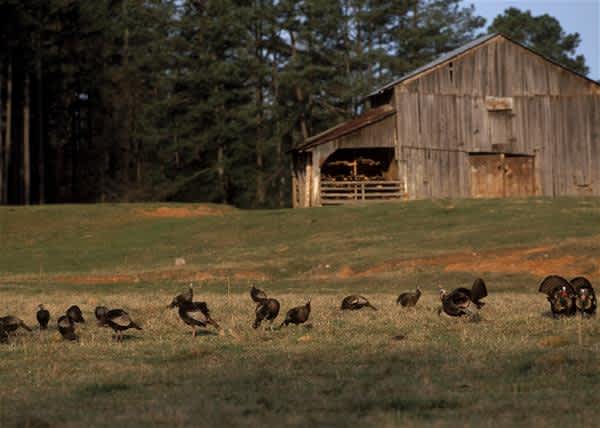Why Scattering Turkeys Can Sometimes Be a Good Idea
Yamaha 04.12.12

Sure, you’ve been taught to avoid detection when approaching a spring turkey roost. You rise early, and slink into position, knowing the gobbler is nearby. Maybe he has hens with him. Maybe he doesn’t. But you try your best not to alert these wild birds either way.
Sometimes though, you need to throw out the playbook. This is especially true for turkeys you’ve hunted the tried-and-true way, and with birds that have beaten you every time.
Look at it this way: the gobbler wants to be near his hens, so that bird roosts with them. He gobbles in the morning to let them know his position. Hens yelp back to indicate theirs. So what if you break up the party?
While sitting there at your setup as the sun hints at rising, try to determine the configuration of the flock. Occasionally you’ll note hens roosting off to the side—within hearing distance of the gobbler or gobblers, but apart.
Using terrain as best you can, try to walk between the roosted birds, and flush them. Separate the hens from the gobbler. This strategy is much like the fall technique of breaking flocks up. Turkeys are gregarious, which is the reason they flocked up in the first place. Often once that gobbler realizes he’s alone, he might come to the first clucks and hen yelps he hears (yours if you’re lucky), and you’ll find yourself in a situation where you now have the upper hand.
But when it is not a good idea to scatter turkeys? Read the rest of this article and more at Yamaha.com.

